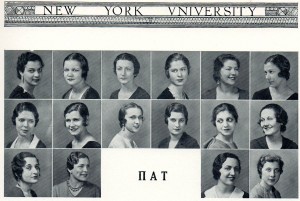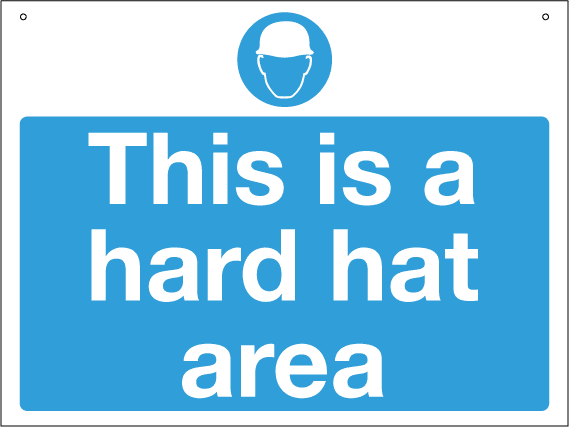 While you’re here, join my SAT prep mailing list and I’ll send you free subscriber-only downloads and bonus content to help you prepare!
While you’re here, join my SAT prep mailing list and I’ll send you free subscriber-only downloads and bonus content to help you prepare!
Almost every student in the United States and students anywhere in the world who have considered attending college or university in the U.S is familiar with the term “SAT Test.”
It’s one of the most important tools that colleges and universities, scholarship committees and other post-secondary institutions use to select the students who will be admitted.
Students who have high GPAs, interesting extracurriculars, and high SAT scores have the best chance of being accepted to the school and program of their choice.
Many other countries, such as Canada, do not rely on the SAT or similar tests to select students—they rely on grades, essays and other application materials.
If you’ve ever wondered why you need to take this test, the history of the SATs will help you gain an insight into how the SATs got started and why they were invented.
Who Invented the SAT?
In the late 1800s, some colleges used their own admissions tests to select students for admission.
It was a common practice for many colleges to certify high schools so that testing was not required. Instead students were given an ‘admission by certificate’ from the high school and this was sufficient to gain entrance into college.
An example of a question from Harvard’s 1869 exam: 6. From 1 sq. rod 5 sq. ft. subtract 7 sq. yd. 139 sq. in.
Get Exclusive SAT Prep Tips!
I want to send you more tips to help your SAT score, but I need your email address to stay in touch. Enter your email below so I can send you my reports on the SAT and other subscriber-only bonuses.
Seems to be some kind of math / spatial reasoning question, but I’m not exactly sure how big a “square rod” is…
By 1900, concerned founders of several institutions such as Barnard, Columbia and Cornell (a total of 12 schools in all) form the ‘College Board’ to deal with the issue of non-uniform college admission testing.
Only 4% of high school graduates in 1900 continued their education in college.
In 1901, the ‘College Boards’ (the name of the test) were taken by less than 1000 students and approximately 75% of these students were applying to Columbia.
The ‘College Boards’ never became as popular as founders would have liked and by 1925 only 10% of students applying for admission to college are required to take these tests.
The majority of post-secondary institutions in the early 1900s continued to use ‘admission by certificate’ or administered their own entrance exams.
The SAT is a college admissions test for the first time:
It wasn’t until 1926 that the first SAT (Scholastic Aptitude Test) test was given to students, and by this time 40% of these students were women.
This first version of the SAT was developed by Carl Brighton, a psychologist who was instrumental in developing aptitude tests for the U.S. Army during World War I.
The first SAT was geared more towards psychology aptitude than actual subject aptitude.
Mid-Century Changes to the SAT Test
The history of the SAT gets more interesting as it progresses through the years!
By 1940 only 1% of 1.1 million high school graduates were required to take the SAT for admission to college or university.
For the next several decades the SAT changed its format, questions types, subject matter and even scope several times.  That means a student taking the SAT in the 30s would have taken a completely different test than they did in the 50s!
That means a student taking the SAT in the 30s would have taken a completely different test than they did in the 50s!
It wasn’t until 1958 that students could view their own SAT scores, which means that regardless of how hard you studied, you never knew how well you actually did!
Students paid $6 to take a test that, back then, they would never even know the results of.
In 1975, more girls took the SAT than boys, and this has remained true ever since. By this time the SAT had been significantly changed, developed more into the format and sections present today.
The SAT test has developed over the course of its history:
Over the years as it has been further developed and perfected, the SAT’s importance for college and scholarship admission has increased to the point of being one of the most, if not the most important tool used in the college admissions game.
In 2005 the perfect score became 2400, instead of 1600, and the length of the test was increased to 3 hours and 45 minutes. Again the test was changed to include questions that were determined to have a more accurate reflection of a student’s aptitude and skills required for success in post-secondary educational programs and scholarships.
Looking back on all the years, the history of the SAT shows that the test has undergone significant changes, from its beginnings as something similar to an army IQ test, to the SAT you are preparing to take today.
Prepare for your future with SAT prep:
Sign up for our free mailing list to gain insight into the SAT. My SAT prep books will help you prepare for one of the most important and potentially life-changing tests you will ever take.
Learn from a perfect-scoring author and give yourself the extra edge.
And today—because you can see your scores, and because your score can mean the difference between attending the school of your choice or settling for a school or program that is not your first (or even second) choice — preparation is key.
Further Reading:
What is the SAT Test for?
How to Get a Perfect Score on the SAT
50 Encouraging Reasons Why the SAT Is Important
How to Get Into College: The Complete Guide
Additional Resources:
Order my SAT Prep Books (e-Books)
Winning College Scholarships for High Schoolers (Video Course)
Learn anything interesting or useful from this article? If so, join my SAT prep mailing list and I’ll send you more exclusive test-prep content and bonuses for subscribers only!


















Find Me on Social Media